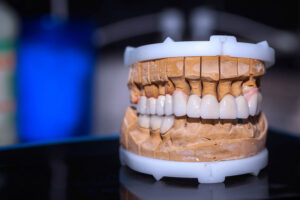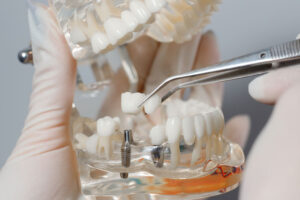In recent years, reconstructive dentistry has benefited from many technological innovations, including dental implants, the invention of new imaging techniques to help us plan reconstructive procedures, and All-on-4 Full Arch Dental Implants.
But one of the most exciting changes has to be the addition of new, stronger materials for reconstructive dentistry, allowing us to use all-ceramic restorations in situations where we used to rely on metal or porcelain fused to metal.
But there are downsides to some of these very strong restorations, and it’s not always a great idea to get the strongest restoration available. You have to trust the judgment of your dentist to choose the best material for your situation.
Strong Materials May Not Be as Attractive
There are many tradeoffs when we move to a stronger material. Probably the most visible one is that they may not look as attractive as some other materials. The strongest material currently in use for dental restorations is zirconia. Zirconia is a white ceramic, so it’s passable when it comes to restorations, but it’s opaque, not translucent like your natural tooth enamel. When placed next to natural teeth, it stands out, even if we get the color match perfect and make the shape very natural. This usually isn’t a problem for back teeth–it’s close enough that it will pass for natural in this situation. But for your anterior teeth, which are front and center during every smile, it might not be close enough.
Fortunately, we do have options that blend strength and beauty, like lithium disilicate. These are usually strong enough (they’re about 10 times stronger than your natural tooth enamel!), and they can be very attractive. They can look indistinguishable from natural teeth.
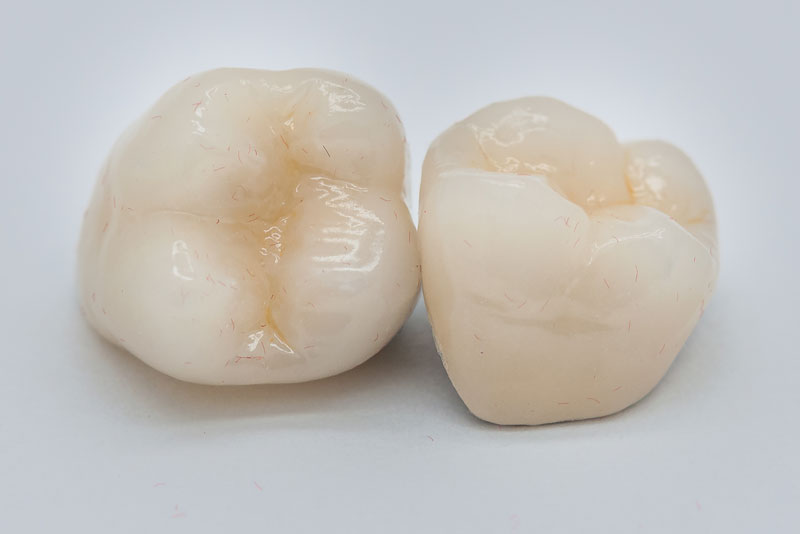
Strong Materials Can Damage Natural Teeth
Another problem is that these stronger materials can be many times stronger than your natural tooth enamel (perhaps 30 times stronger than natural tooth enamel). If you have a very strong restoration hitting up against a natural tooth in a way that creates damaging force, the restoration may survive, but the natural tooth may not.
This is why it’s important to try to balance the bite whenever possible, and not simply count on strong restorations to be able to withstand the stress.
When Improperly Placed, Strong Crowns Can Contribute To TMJ
And it’s not just the opposing tooth that’s at risk from an improperly placed restoration like a dental crown. If a dental crown is placed in a way that it creates an imbalanced bite, it can cause damage beyond your mouth.
If a dental crown prevents your jaw from finding a comfortable rest position, it can cause excess strain on your jaw muscles. As your muscles strain to find a relaxing position, they can put stress on the jaw joints, causing them to dislocate or suffer destructive wear. The muscle strain, jaw displacement, and destructive wear can cause jaw dysfunction and jaw pain, but also headaches, neck pain, back pain, and other TMJ symptoms.
A neuromuscular dentist knows how to place dental crowns while maintaining a balanced bite. This helps avoid the risk of TMJ, tooth damage, and other problems.
Choose a Neuromuscular Dentist for Reconstructive Dentistry
In the past, we recommended a neuromuscular dentist because they could preserve your restorations, which were relatively fragile. These days, restorations are stronger, but that can potentially create other problems if your dentist doesn’t know how to balance your bite.
If you are looking for reconstructive dentistry in Westchester County, please call (914) 594-6824 today to schedule an appointment with our neuromuscular dentists, Dr. George Sepiashvili and Dr. Wanda Mejia, at Advanced Dentistry of Mohegan Lake office in Mohegan Lake, NY.
